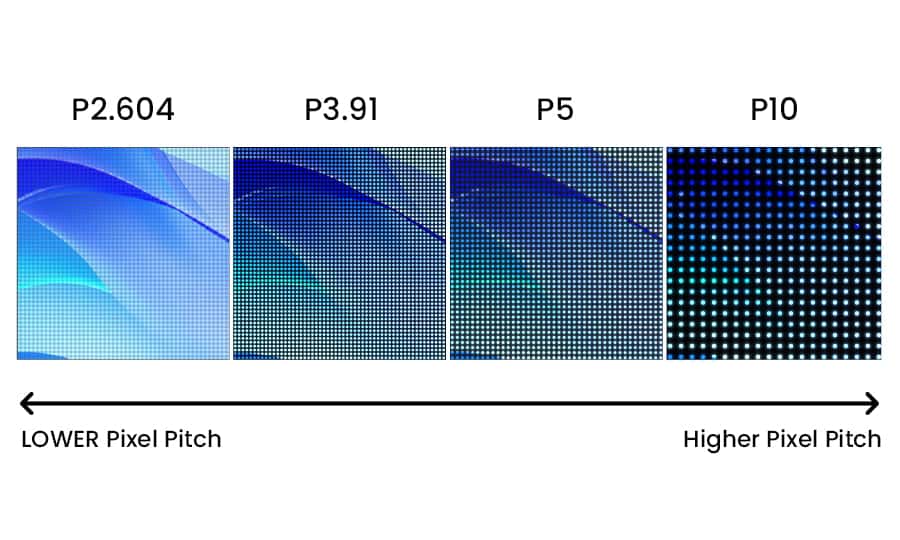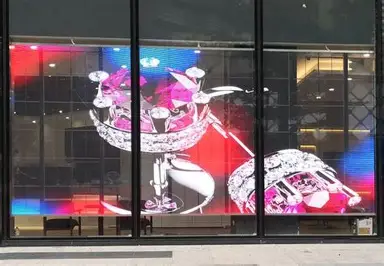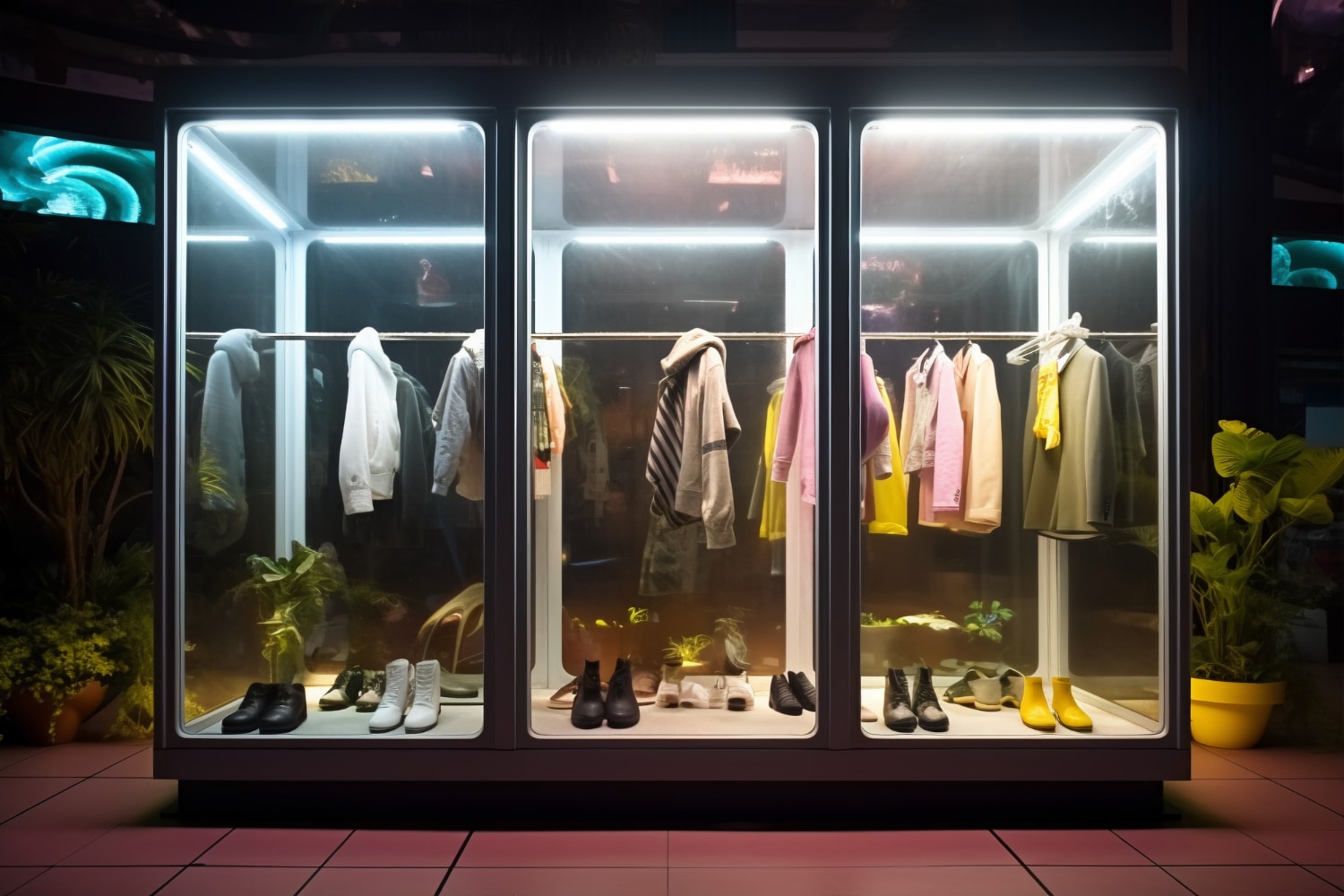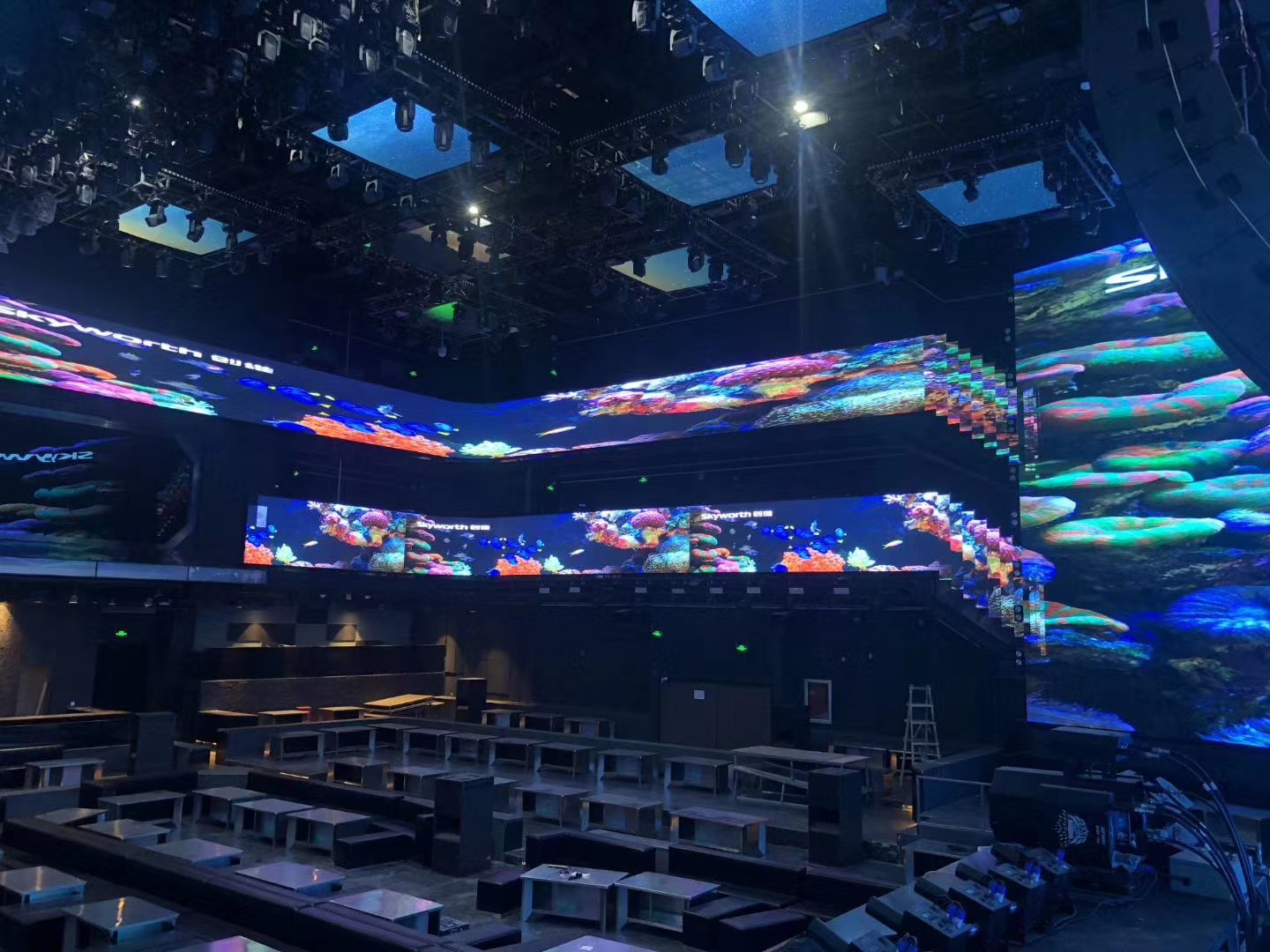

Imagine walking past a luxury store window and seeing mesmerizing motion graphics floating on glass, all while still catching glimpses of the latest products inside. That’s the magic of a transparent LED display—a see-through advertising screen that transforms storefronts into ethereal canvases. Regular digital displays, often blocky LED or LCD panels can capture attention but lack that seamless visual experience. This post dives into how transparent screen vs regular digital display, how these see-through screens work, why they’re revolutionizing retail, and when a traditional solution might still be the winner.

At the core of a transparent screen is a grid of micro-LEDs housed on a clear substrate like glass or acrylic. These displays allow light to pass through, keeping up to 85–90% transparency. You see the digital content—images, videos, animated overlays—while simultaneously seeing through the screen. This makes them perfect for digital signage for storefront windows, luxury store digital signage, or even digital window screen applications in hotels and boutiques.

By contrast, traditional digital displays—whether LED video walls, LCD panels, or even OLED TVs—are fully opaque. They create brilliant visuals but obscure everything behind them. In settings where preserving architectural aesthetics or product visibility matters, regular displays can feel like a wall rather than a window.
Transparent screens balance transparency and brightness, with pixel pitches tuned to maintain visibility through the screen. Common options like P3.9–P7.8 give you 60–85% clarity while still rendering content vividly. Larger pixel pitches and higher brightness ensure visibility even in broad daylight—essential for outdoor transparent display installations. Meanwhile, transparent OLED display panels offer striking color fidelity and seamless transparency, but often at a premium price.
Traditional displays typically boast higher resolution at the same size, but require opaque enclosures and heavy infrastructure. This limits their flexibility. For example, retrofitting a bulky LCD across a shop window means installing frames and back supports—often an eyesore. A transparent screen installation, by contrast, integrates neatly with existing glass facades or window frames, offering a futuristic feel without disruption.
Retail Window LED Displays: A transparent film or glass-mounted LED panel calls out promotions while preserving product view. It’s ideal for window display advertising screens, glass LED screens, and boosting engagement in boutiques or cosmetics shops.
Trade Shows & Events: A transparent display booth makes brand stands stand out. Attach one to your booth’s front and you get an immersive advertising display that shows content yet invites people in.

Hospitality & Hotels: Use a transparent screen for hotels in lobby windows or check-in counters. It doubles as an info kiosk and a view-through portal into cozy interiors.
Outdoor & Mall Installations: Bright transparent LED walls on your mall’s facade or outdoor spaces offer ads and visuals without barricading the architecture or storefront .

Specialty Uses: From holographic display screen effects to interactive digital screen behind glass installations in car showrooms, the usage is as diverse as your imagination. Imagine a see-through display system overlaying specs on a car behind the glass while keeping the vehicle fully visible.
By contrast, regular digital signage is better suited for areas dedicated solely to content—like indoor kiosks, stadium video boards, or stationary indoor promotion screens where transparency isn’t required.
Transparent screens are typically ultra-thin and modular. They attach directly to glass surfaces, or fit into frames, with minimal weight. You can rent transparent screen options in major cities like Los Angeles for pop-up campaigns, or scale them to custom sizes for flagship stores . They can also be interactive thanks to touch overlays or gesture sensors, becoming interactive transparent displays that respond to shoppers’ movements.
Traditional displays need substantial support—mounts strong enough to hold weight, space for cabling, ventilation, and sometimes cooling systems. They occupy dedicated space rather than enhancing existing architectural views.
Transparent LED screens are energy efficient: self-emissive LEDs only consume power when on, and the airy, thin panels require no bulky backlight.They’re also easier to repair because you can modularly replace damaged sections. Typically, panels will last 50,000 hours or more.
Transparent OLED matches this efficiency and adds superior image quality—but still commands premium pricing. In contrast, regular digital displays can be cheaper per square meter with higher resolution, but they often demand more power, space, and infrastructure.
Your decision often comes down to value: if you need an eye-catching transparent screen for product launch or brand activation, the ROI in engagement and design appeal often outweighs costs. For static promotions in controlled environments, a regular high-resolution LED wall may actually be better for budget-focused campaigns.
Key factors arise when comparing transparent screens and regular digital displays:
Transparent screens have opened a world of creativity. Think interactive content on see-through panels—shopping filters on displays of jewelry, car configurators over showroom windows, or seasonal video overlays for boutiques. Rich, immersive storytelling becomes possible when the background is part of the canvas .
As technologies mature, transparent video wall installations will become standard in high-end retail, hospitality, and real estate. OLED advancements are already making transparent signage for high-end stores and museum exhibits both more beautiful and sustainable.
Traditional displays, meanwhile, are improving resolution and refresh rates but may never regain the architectural adaptability of transparent screens.
If your goal is to fuse digital content with physical products, brand visuals, or architectural space—without blocking the view—the clear winner is a transparent display. Whether installed in-store, at trade shows, or on custom pop-ups, these screens elevate ambiance while delivering dynamic messaging.
But if you need ultra-sharp visuals in a dedicated area—like back-of-stage screens, airport terminal monitors, or high-resolution indoor signage—a regular digital display makes sense: it’s cost-effective, rugged, and proven.
In summary: